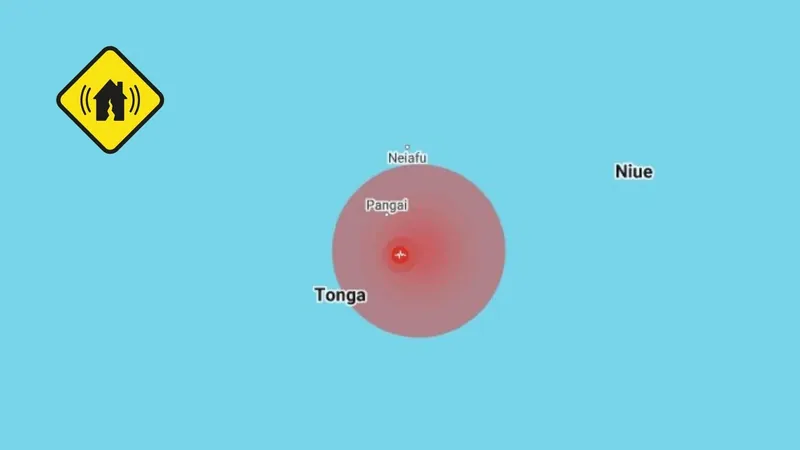
Unveiling Sinecology: The Fascinating World of Plant Interactions
2025-03-31
Author: William
Have you ever wondered how different plants coexist and thrive in the same environment? Enter the captivating realm of sinecology, a branch of ecology that focuses on the interactions among plant communities.
What is Sinecology?
Sinecology delves into how plants not only compete for resources but also form intricate relationships within their ecosystems. This discipline studies the composition, structure, and dynamics of plant communities, providing valuable insights into biodiversity and habitat function.
Types of Sinecology
There are several approaches within sinecology that researchers utilize to better understand plant interactions. These include:
1. Species Composition: Investigating the different species present in a community and how their interactions affect their survival and reproduction.
2. Community Structure: Examining how the arrangement of plant species influences their growth patterns, competition, and overall health of the ecosystem.
3. Succession Dynamics: Understanding how plant communities evolve and change over time, especially after disturbances, and the role of pioneer species in habitat restoration.
Real-World Examples of Sinecology
To illustrate the principles of sinecology, let's explore a few captivating examples:
- Forest Ecosystems: In a dense forest, towering trees often form a canopy that shelters understory plants. This relationship allows different species to thrive at varying levels of light exposure, demonstrating how shade-tolerant plants can coexist alongside sun-loving flora.
- Wetland Areas: In wetlands, plants like cattails and sedges display symbiotic relationships with various microorganisms, which help in nutrient cycling. This interaction contributes to the overall health of the wetland ecosystem.
- Grasslands: In grassland environments, certain grasses may establish root networks that inhibit the growth of invasive plant species. This competitive interaction showcases nature's balance, allowing native species to flourish.
Understanding sinecology not only enhances our appreciation of plant life but also informs conservation efforts aimed at preserving these diverse ecosystems. As we face climate change and habitat loss, the knowledge gleaned from sinecology might be our key to protecting the planet's green sanctuaries.
Stay Curious! Explore more about how the world of plant interactions may hold the secrets to solving some of our greatest environmental challenges!









 Brasil (PT)
Brasil (PT)
 Canada (EN)
Canada (EN)
 Chile (ES)
Chile (ES)
 Česko (CS)
Česko (CS)
 대한민국 (KO)
대한민국 (KO)
 España (ES)
España (ES)
 France (FR)
France (FR)
 Hong Kong (EN)
Hong Kong (EN)
 Italia (IT)
Italia (IT)
 日本 (JA)
日本 (JA)
 Magyarország (HU)
Magyarország (HU)
 Norge (NO)
Norge (NO)
 Polska (PL)
Polska (PL)
 Schweiz (DE)
Schweiz (DE)
 Singapore (EN)
Singapore (EN)
 Sverige (SV)
Sverige (SV)
 Suomi (FI)
Suomi (FI)
 Türkiye (TR)
Türkiye (TR)
 الإمارات العربية المتحدة (AR)
الإمارات العربية المتحدة (AR)